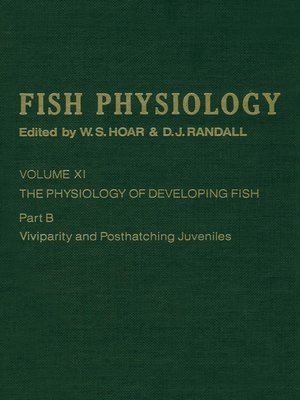The Physiology of Developing Fish
ebook ∣ Viviparity and Posthatching Juveniles · Fish Physiology
By William S. Hoar

Sign up to save your library
With an OverDrive account, you can save your favorite libraries for at-a-glance information about availability. Find out more about OverDrive accounts.
Find this title in Libby, the library reading app by OverDrive.



Search for a digital library with this title
Title found at these libraries:
| Library Name | Distance |
|---|---|
| Loading... |
FROM THE PREFACE: Dramatic changes occur in the physiology of most animals during their development. Among the vertebrates, birds are entirely oviparous, live for variable periods in a cleidoic egg, and show fundamental alterations in excretion, nutrition, and respiration at the time of hatching. In contrast, the eutherian mammals are all viviparous, depend on the maternal circulation and a specialized placenta to provide food, exchange gases, and discharge wastes. The physiology of both mother and fetus is highly specialized during gestation and changes fundamentally at the time of birth. Fishes exemplify both the oviparous and the viviparous modes of development, with some examples that are intermediate between the two.In these two volumes, selected reviews of many, but not all, aspects of development are presented. The chapters in Part A relate to the physiology of eggs and larvae; those in Part B concern viviparity and the physiology of posthatching juvenile fishes.







